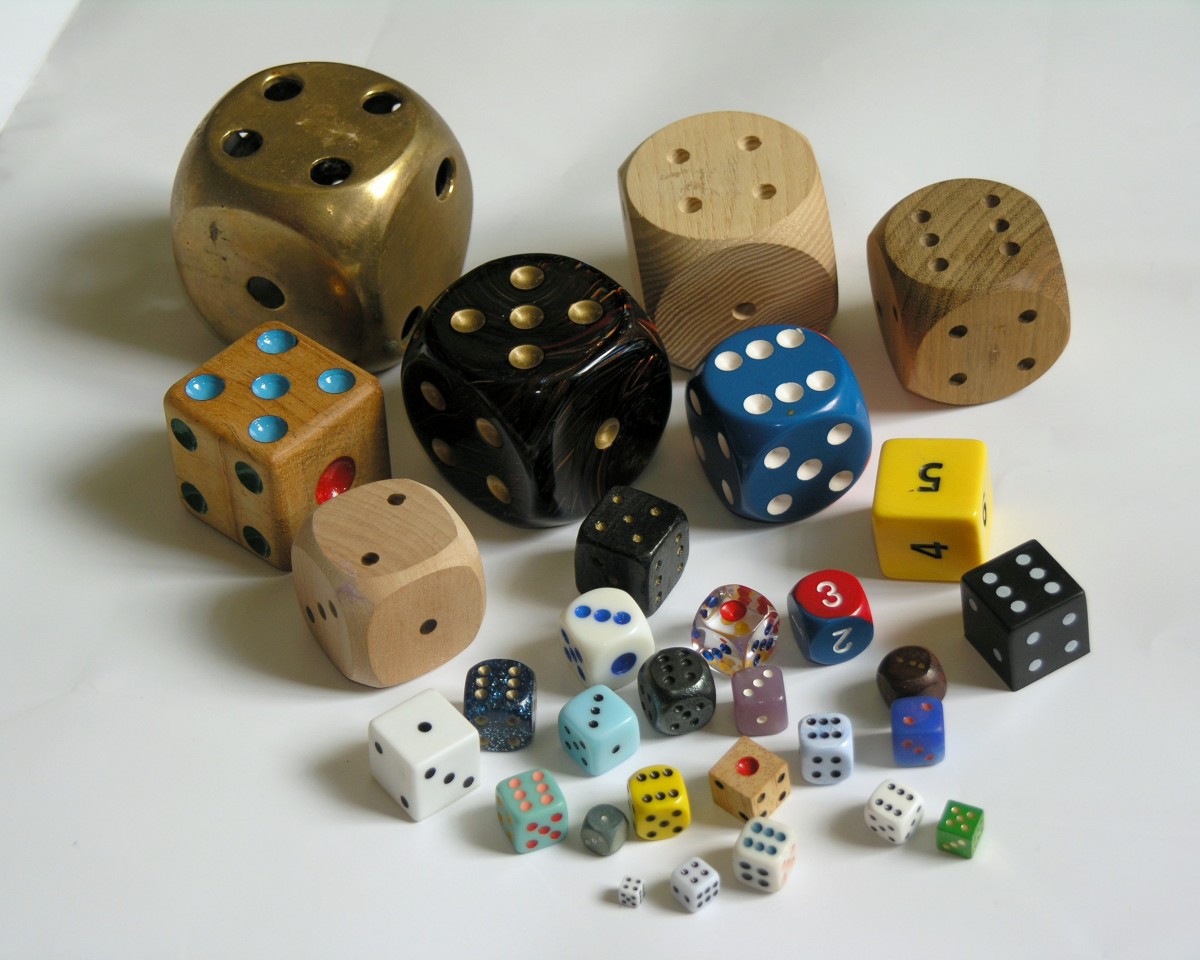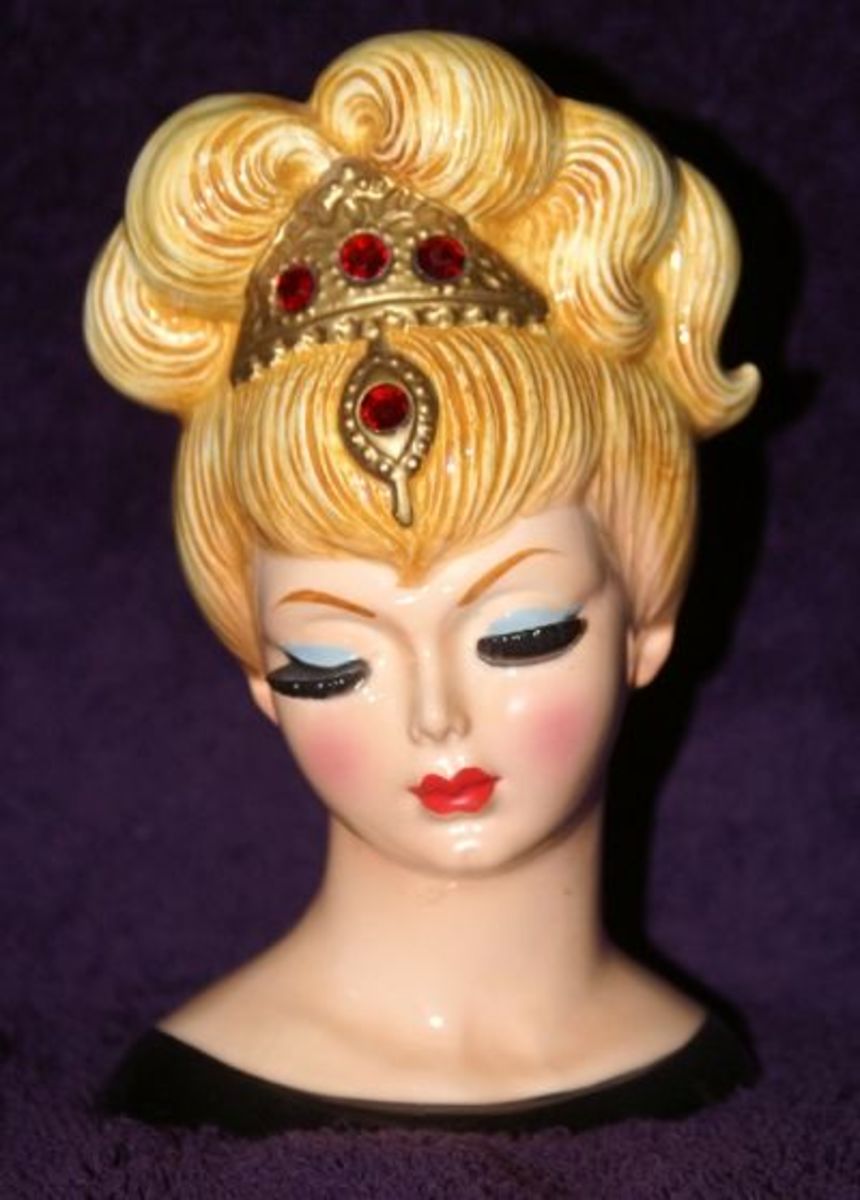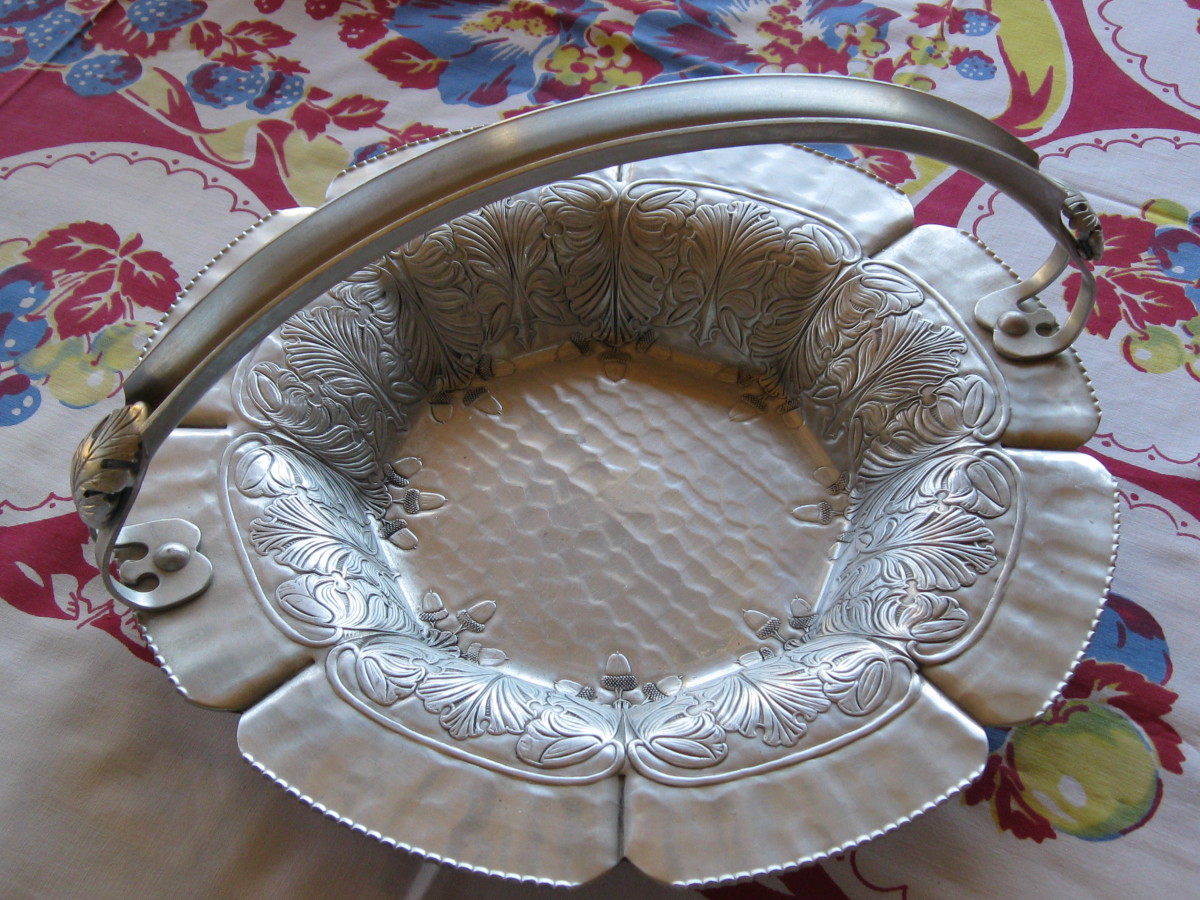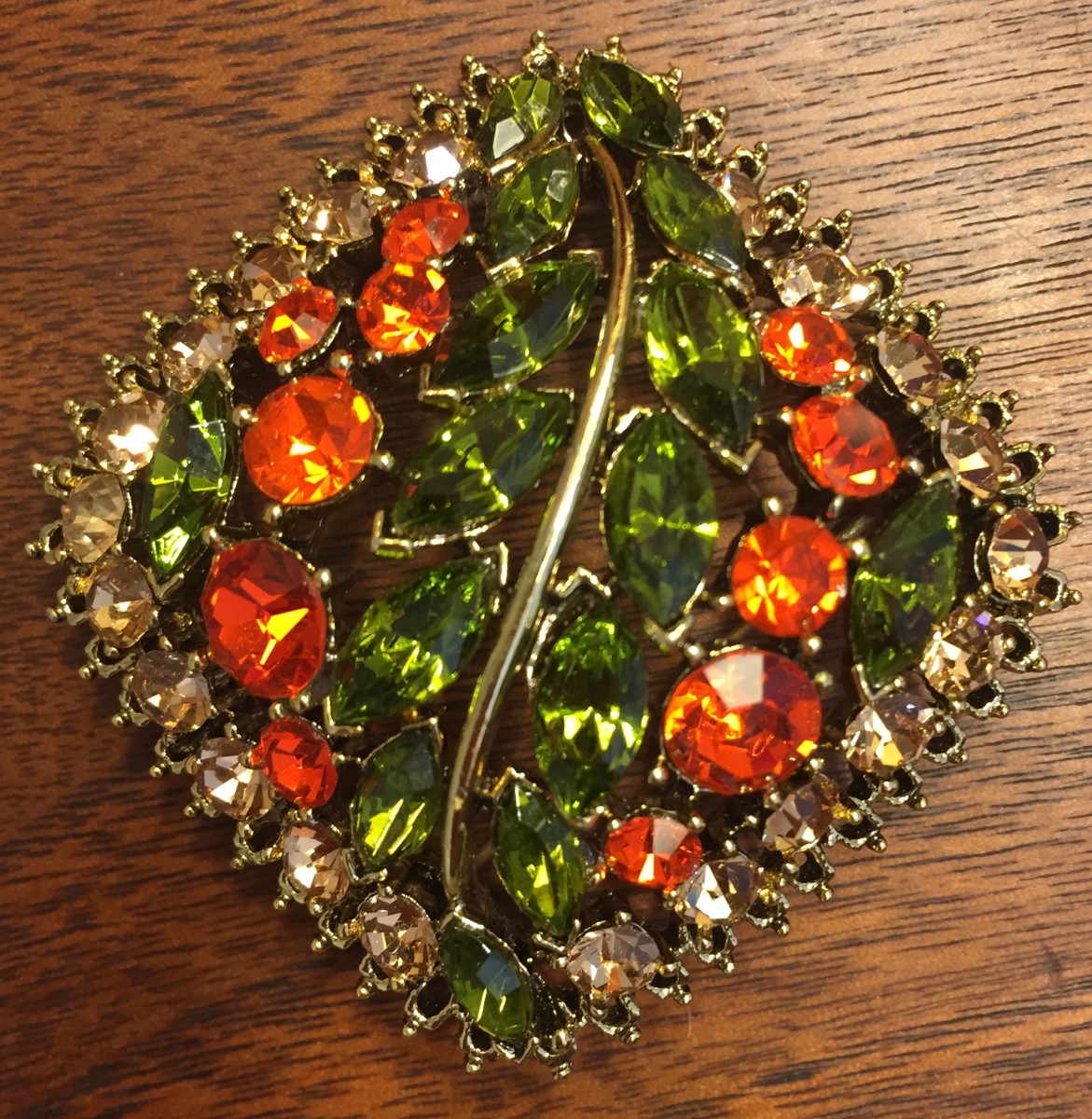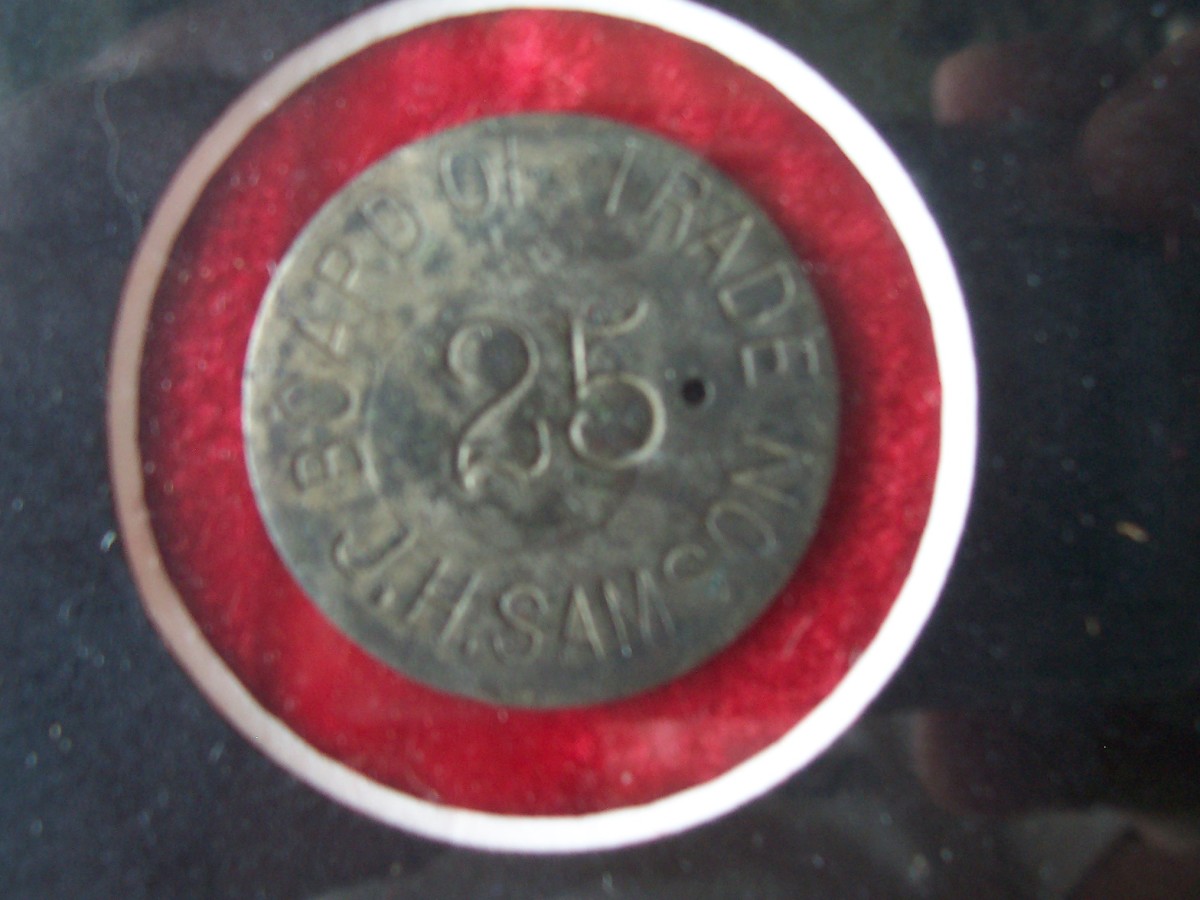Nostalgia and Novelty Collecting
Vintage Salt and Pepper Shakers

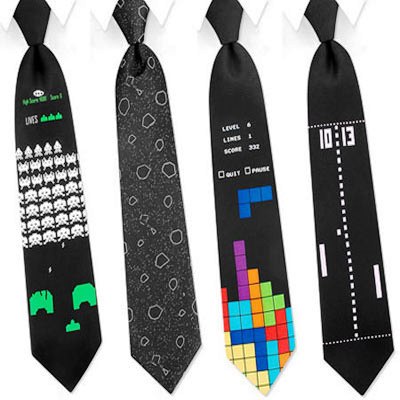
Novelty…derived from the Latin word novus for "new." Somewhat contradictory considering novelties are nothing new and have been around quite some time. The definition goes on to say it’s the quality of being new, striking, original or unusual. That being the case, some novelties were certain to become collector items.
When the subject of novelties comes up, many think of gag gifts, unusual and funny prank paraphernalia, etc. Certainly, most will remember the classic whoopee cushion. But, there are many others which fall way outside this realm.
People will collect almost anything and many novelties have become popular collector items. The items discussed here are only a few.
Salt and Pepper Shakers
These are thought to be invented in 1858 by John Mason, famous for the canning jars bearing his name. Before that, salt came in rock form and stored in cellars. It had to be chipped up to be put on food and was notorious for clogging up the holes. Therefore, early salt shakers were actually more like their early counterpart, the pepper grinder. That problem was partially solved in the 1950s when an anti-caking ingredient was added to the salt. After that salt shakers became more popular. Actually, the production of salt and pepper shakers began in earnest during the 1940s when ceramics became popular. Numerous shapes and designs emerged, some commemorative, others more artistic and yet others for their commercial advertising value. They have become a popular collector’s item.

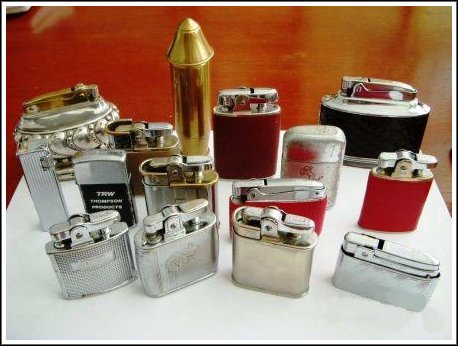
Cigarette Lighters
Cigarette lighters were first invented in 1823, but proved to be dangerous affairs until some improvements were made in the 1880s. But, by the 1930s everybody and their dog had one. Those made before the 1920s are hard to come across because they were poorly constructed and prone to rust. For this reason many collectors have had to become do-it-yourself repairmen. A how-to guide, the 1954 Lighter Parts, Inc. Lighter Repair Manual, covers many lighters up to 1954.
Afterwards, most of the bugs were worked out and designs became artistic as well as functional, reflecting styles and decorative patterns of the era. At this time there were three basic types of lighters, the manual striking, semi-automatic and fully automatic. Lighters did not escape the eye of novelty makers either. For example, the hugely popular 1950's Match-O-Matic Pistol Lighter.

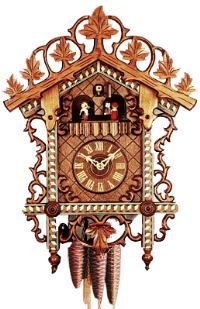
Antique Novelty Clocks
As a general rule, antique novelty clocks are usually not worth much, but they are fun and interesting to collect. Most collectors concentrate on more serious time pieces. But, one of the most beloved is the cuckoo clock. It was created by Franz Anton Ketterer in 1730 in Germany’s Black Forest. Since then the Black Forest has been synonymous with cuckoo clocks. Cuckoo clocks are driven by weights. The weights are often made to look like part of the design, like pinecones for example. Some need winding daily while others can run eight days.
On the hour, a door on the clock opens and a figurine pops out accompanied by a "cuckoo" sound. This noise is produced by wind going through two pipes. One "cuckoo" is made for each hour passed. There are generally two types, musical and non-musical. Musical clocks include a melody after the "cuckoos" and feature a third weight. Non-musical clocks only have two.
Although most people associate cuckoo clocks with birds, they were produced with many different figurines such as soldiers, monks or animals.
In the 1850s, an architect designed one in the shape of a little house. The design was so popular it remains the most frequently used today.

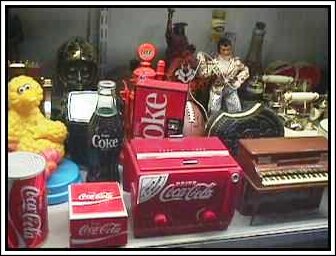
Novelty Radios
As with antique novelty clocks, most collectors prefer authentic antique radios. However, the hobby still commands a respectable following. Novelty radios have been around for a while, but it, it was during the 1960s and 70s most were produced. A few manufacturers still make them, but not in the same numbers. They also came in varied designs. Some were replicas of “old timey” radios while others were made as promotional gimmicks for various products. These were often cheaply made and it might be difficult to find any that actually work today.
Most collectors are usually concerned with appearance rather than whether it works or not. But if one is found to work, care must be taken to ensure it will continue to do so. If it is battery operated and not being used, remove the batteries and clean the terminals.The use of strong cleaners are discouraged as they can ruin printing and plastic. It’s a rarity one discovers one with the original box and packaging. This can significantly increase their value.
So, try collecting some nostalgia, it’s a novel idea!

